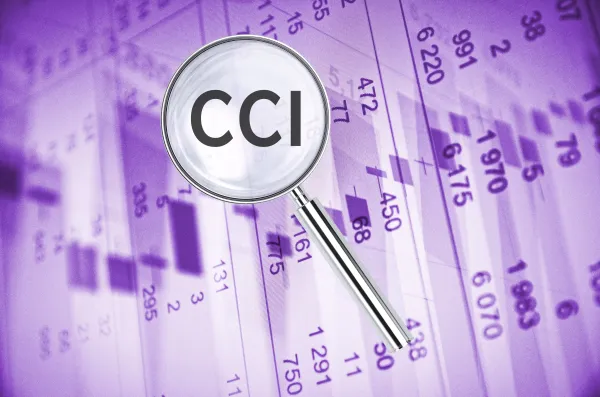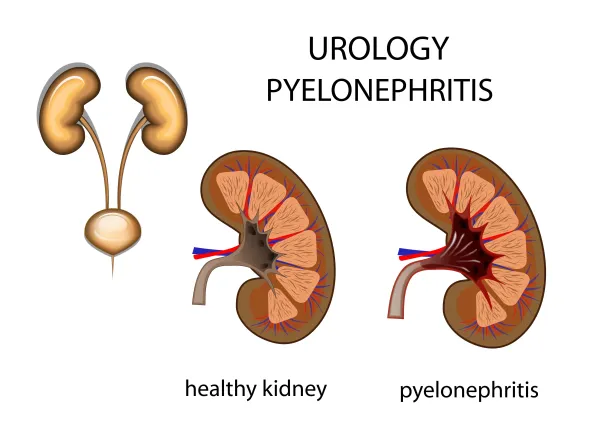Get Onboard With These NCCI Edits for Online E/Ms

Billing 98970-98972 and 99421-99423 just got a whole lot trickier this year. As you would expect, the Centers for Medicare & Medicaid Services’ (CMS’) release of the National Correct Coding Initiative (NCCI) Procedure-to-Procedure (PTP) edit pair additions, deletions, and modifier indicator changes for the first quarter of 2020 contains a huge number of additions to the PTP edit pair list. More than 53,770 in fact. Many of those additions involve CPT® codes that are brand new to 2020, and of those codes, you may already be using two sets extensively — the digital online evaluation and management (E/M) codes 98970-99972 (Qualified nonphysician health care professional online digital evaluation and management service, for an established patient, for up to 7 days, cumulative time during the 7 days …) and 99421-99423 (Online digital evaluation and management service, for an established patient, for up to 7 days, cumulative time during the 7 days …). So, we took a closer look at how this new set of NCCI edits might affect your coding this year and beyond. Nonphysician Online Digital E/Ms Paired With Numerous Communications Codes … The qualified nonphysician online digital evaluation and management (E/M) codes 98970-98972 are, unsurprisingly, a part of numerous code pairs that involve either digital or telephonic communications. Mostly, they are Column 2, or component, codes with other non-face-to-face services, such as 99446-99449 (Interprofessional telephone/Internet/electronic health record assessment and management service provided by a consultative physician …), where they have a modifier indicator of 0 (meaning that you cannot unbundle the edit pair under any circumstances), and 99421-99423 and 99441-99443 (Telephone evaluation and management service by a physician or other qualified health care professional …) where they have a modifier indicator of 1 (meaning that you can use an NCCI-associated modifier to unbundle the services). … but not With Face-to-Face E/Ms … The codes are not paired with any of the 99201-99215 (Office or other outpatient visit for the evaluation and management of a new/established patient …) codes, however. That’s because codes 98970-98972 are meant for qualified nonphysician health care professionals (QNHPs) such as dieticians, speech-language pathologists, clinical social workers (CSWs), or physical and occupational therapists, depending on licensing and state, CMS, or payer guidelines. “Because those practitioners can’t report 99201-99215, there is theoretically no reason to have edits involving both sets of codes,” says Kent Moore, senior strategist for physician payment at the American Academy of Family Physicians. So, there is no reason why, under the right circumstances (for example, a physician providing an office visit and a QNHP providing the online digital E/M service), you can’t claim an office E/M with one of these services. … While Using 99421-99423 Gets More Complicated As if the guidelines for using the other online digital E/M codes weren’t complicated enough, this new set of NCCI edits makes them even trickier to use. Not only do you have to remember that a patient has to initiate 99421-99423 communications through “electronic health record [EHR] portals, secure email, or other digital applications,” according to CPT®, you also must make sure you do not separately report the codes if they are “the result of an E/M visit that has occurred within the past seven days, or result in a subsequent E/M visit in the next seven,” according to Donelle Holle, RN, president of Peds Coding Inc., and a healthcare, coding, and reimbursement consultant in Fort Wayne, Indiana. “In such cases, the online digital E/M service is incorporated into the related E/M visit,” Holle adds. This partially explains why there are so many PTP combinations with the 99201-99215 face-to-face E/M services. As Column 1 (comprehensive) codes: 99422-99423 are only paired with 99201, 99211, and 99212, with each pair having a 0 modifier indicator. However, as a column 1 code, 99421 only has a 0 indicator with 99211. The codes are not paired with any of the other 99201-99215 codes. As Column 2 codes: 99422-99423 have 0 modifier indicators when paired with an office/outpatient E/M service. None of the edit pairs where 99421-99423 is in Column 1 and an office/outpatient E/M code is in Column 2 (see above) are reversed; so, for example, you won’t find any edits with 99211 in Column 1 and 99421-99423 in Column 2. Confused by all the combinations? One way to explain CMS’ decision making is to examine each service’s work relative value unit (RVU). “When 99421-99423 are paired up with the 99201-99215 codes, some edit pairs have the 99421-99423 codes in Column 1, and some edit pairs have them in Column 2. I believe CMS has decided which code is the Column 1 code in any given combination based on which of the two codes in the pair has a higher work relative value unit, indicating a more extensive service,” explains Moore. The Bottom Line on 99421-99423 There are still many situations involving 99421-99423 and 99201-99215 that would not be bundled. This means you can bill an online digital E/M with a sick visit, though you will have to document that the two services are not related in any way. “You may well be able to claim both services if, for example, a patient seen for a cold then emails the provider later in the day wondering what to do about an exacerbation of their asthma that occurred right after the visit,” concludes Holle. However, in light of the NCCI edits, be aware that you’ll likely need to submit documentation justifying both services if the same date of service is involved. For the full list of the current PTP edits, go to www.cms.gov/Medicare/Coding/NationalCorrectCodInitEd/Version_Update_Changes.html and download the zip file “Quarterly Additions, Deletions, and Modifier Indicator Changes to NCCI edits for Physicians/Practitioners Effective January 1, 2020.”




